Life on Lafayette: Residents recall former Canton street wiped out by urban renewal
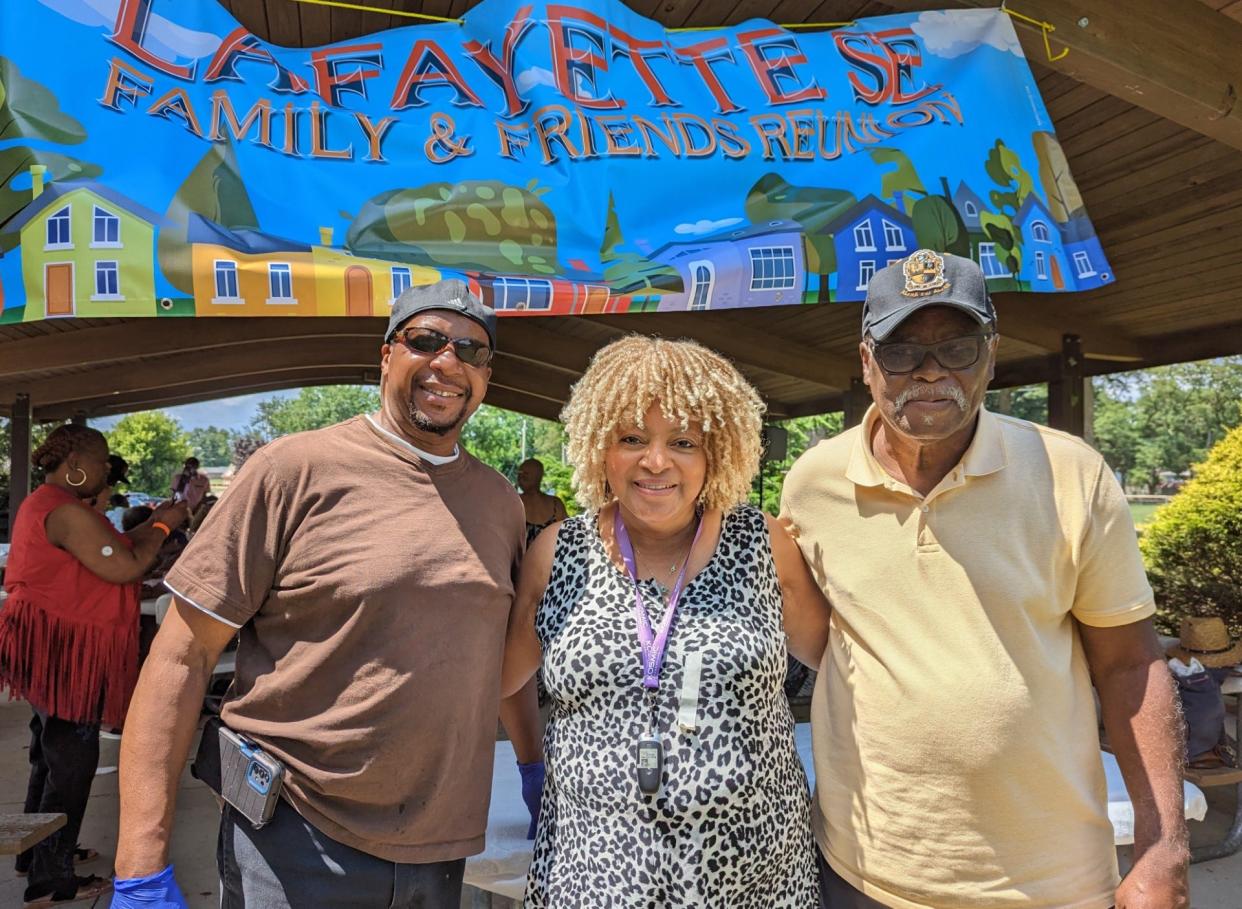
If you were a kid growing up on Lafayette Street SE in Canton, everybody knew your name.
Not only could adults in the neighborhood correct you, they'd also call your parents to tell them what you did. In the evenings, the streetlights flicking to life was the kids' universal sign to get home — fast.
Today, Detroit Diesel and U.S. Route 30 stand in the footprints of Lafayette Street SE, a self-contained community where Blacks from the South, and Italian, Greek, German and Polish immigrants found a home. It also was an artery to Cherry Avenue SE, the hub of Black-owned businesses.
Lafayette no longer exists, but it lives on in the stories and memories of those who got their start there. Several residents came together last month for a reunion at Price Park in North Canton to reminisce about the former street that was wiped away decades ago.
"We had Blacks, Italians, Greeks and Germans," former Lafayette resident Darlean Parks-Strickland said. "They were all friends; there wasn't this Black-white thing. There was Norcia's Bakery, and Jack Stevenson's market, where you could get credit for your groceries. There was a skating rink and a bowling alley. Lafayette was the best."
What happened to Lafayette Street SE in Canton? Dashed hopes and de-industrialization
The neighborhood fell under the wrecking ball to make way for the Madison-Lathrop Project, which included transforming southeast Cherry Avenue into an overpass, extending Route 30 and developing more industrial space.
By the mid-1970s, most of the businesses on Cherry were gone, and the adjoining homes demolished. A few remaining bars resulted in the street becoming a symbol of crime.
Malone University history professor Jacalynn "Jacci" Stuckey has researched the impact of urban renewal, specifically in southeast Canton. Part of that research includes a decades-old study, "Profile of the Canton Negro," which is housed at Malone's Everett L Cattell Library and the Stark Library.
"The Route 30 story, which I discovered as a sophomore as a student at Malone and then wrote about it in my dissertation, is a tragic one," she said. "I am not opposed to the idea of urban rejuvenation, but as the saying went back in the 1960s, 'Urban renewal equals Negro removal.'
"Any time federal, state or municipal monies are invested in the infrastructure of local communities, it can be a public good. Both I-77, and, to a lesser degree, U.S. 30 have facilitated the flow of people and commerce. However, because urban renewal programs targeted politically and economically disenfranchised communities disproportionately, I would argue that the urban renewal programs of the 1960s and 1970s did more harm than good."
She noted that Southeast Canton was gutted, "losing 900 units of housing, and only 350 units of public housing were constructed − Sherrick Court in 1963 and 1965 and Jackson Park in 1969 − to replace the demolished units."
Stuckey further contends that the city's plans to replace the blight with an industrial park fell far short.
"The industrial park in the southeast end has been, in many ways, a bust," she said. "Granted, city leaders did not realize that Canton and other manufacturing cities were undergoing a slow death known as 'deindustrialization.' However, I think about the misguided, yet hopeful, prognostications of Canton's business and political leaders in the 1950s and 1960s when I see all the empty land situated north of Route 30. I think about the hundreds of people who were displaced from their homes when I drive into and through the area, as I do from time to time."
Hub of Black-owned businesses: Golden age of black business in Canton
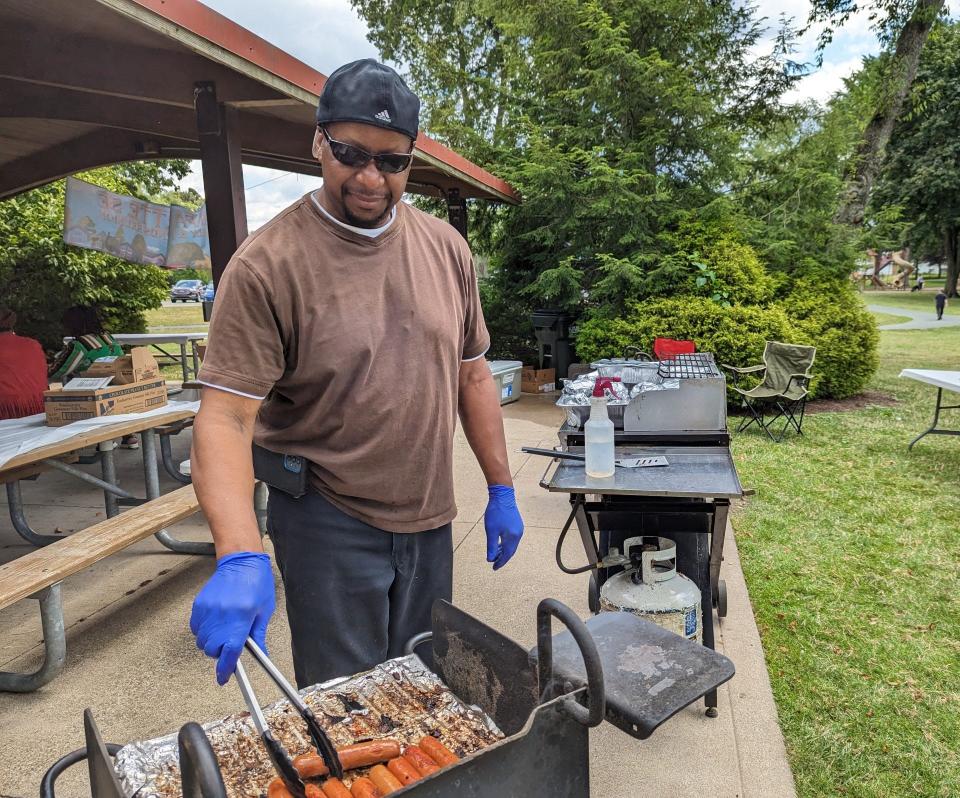
Former residents recall happy times on Lafayette Street SE
Joseph Singleton was inspired to organize a Lafayette reunion after attending a 70th birthday party for a former neighbor.
He assembled a committee that included Parks-Strickland, Lydia Bess-Lee, Steve Pressley, Patsy Singleton-Anthony, Wilhelmenia Jackson-Glenn, Celia Adkins-Parks, Oscar Parks and the Rev. Lori Adkins.
The youngest of seven children, Singleton said the kids of Lafayette Street invented their own games and amusements. In the summers, the children drank Kool-Aid from a mayonnaise jar, "because you got more Kool-Aid that way."
"The best thing was learning how to create your own fun," Singleton said. "Lafayette was a brick street. When it rained, we would run and slide on it. Kids these days don't know how to do that."
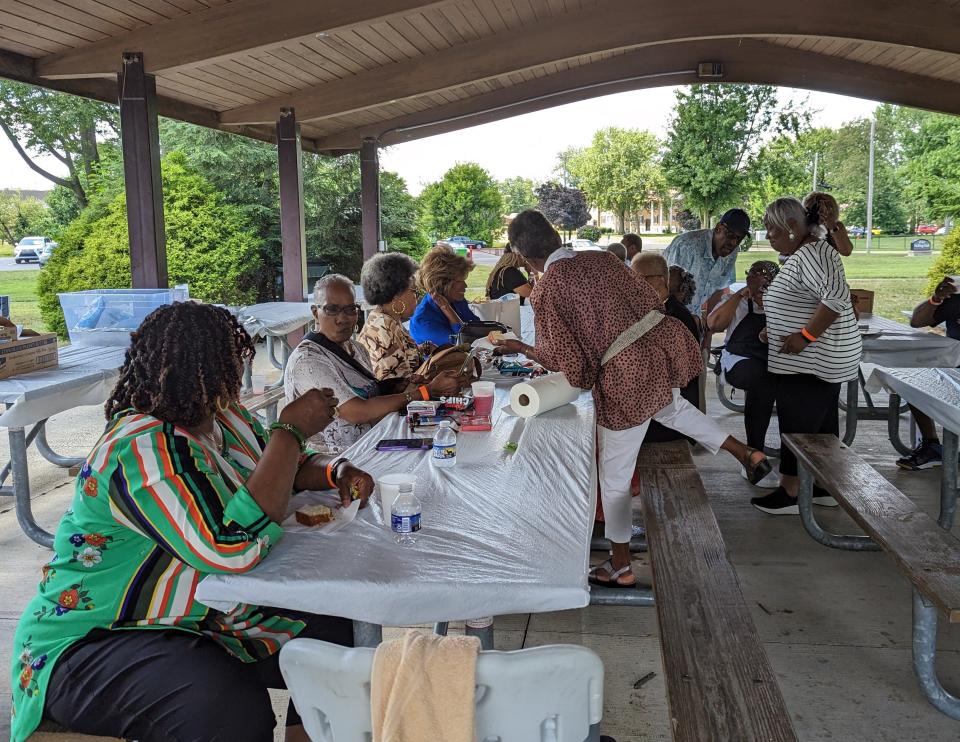
The reunion was in the planning stages since last year. Bess-Lee, program director for the Stark County Minority Business Association, said it was in keeping with efforts by the Committee to Preserve Stark County Black History, of which she is a member, to collect information about Canton's Black residents. The effort is part of a joint project with the McKinley Presidential Library & Museum.
The library has committed some of its exhibit space to showcasing the city's Black history.
"I was young, but I remember the neighborhood so well," said Bess-Lee, whose family moved from Lafayette in the 1970s when she was about 8.
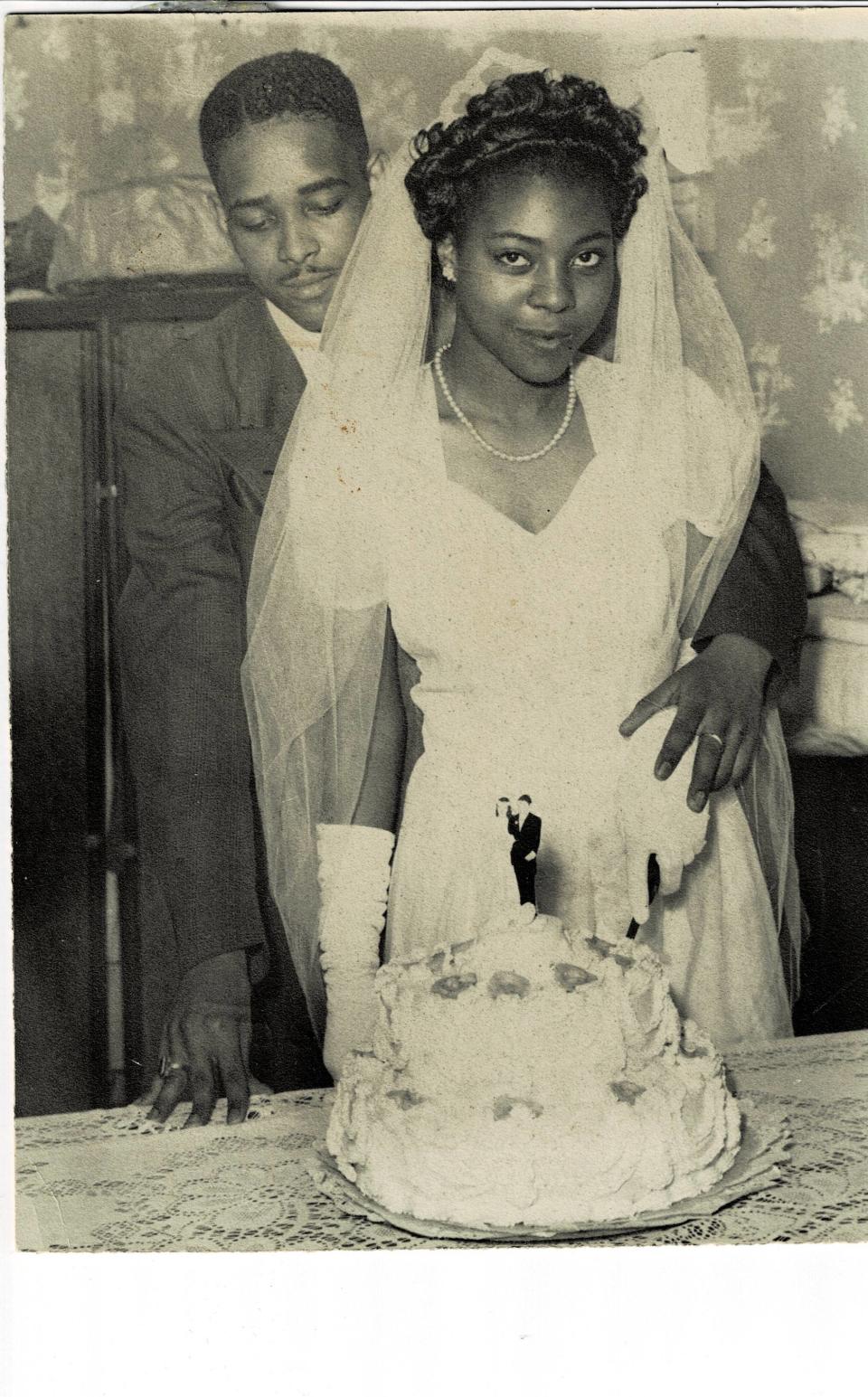
'We thought we were rich'
Parks-Strickland still remembers her address: 920 Lafayette St. SE.
"It was a neighborhood where people watch out for each other," she said. "We thought we were rich. There was always food on the table. My mother would feed people. We'd come home and there'd be people in the living room we didn't know. She would feed anyone who needed help."
With a laugh, Parks-Strickland said adults would not hesitate to correct the children in the neighborhood, including her and her seven siblings.
"Before you could get home, you could hear the phone ringing. Uh-oh," she said with a laugh.
Parks-Strickland's mother, born in Tennessee, and her father, born in Alabama, were part of the Great Migration, the period between the 1910 and 1970 when 6 million Black Americans moved from the segregated South to the North and Midwest in search of jobs and safety.
But Lafayette, she said, was a melting pot.
Parks-Strickland, who raised her own family on Lafayette, said they moved in 1969.
"That's when urban renewal came through," she said. "My mom died the same year."
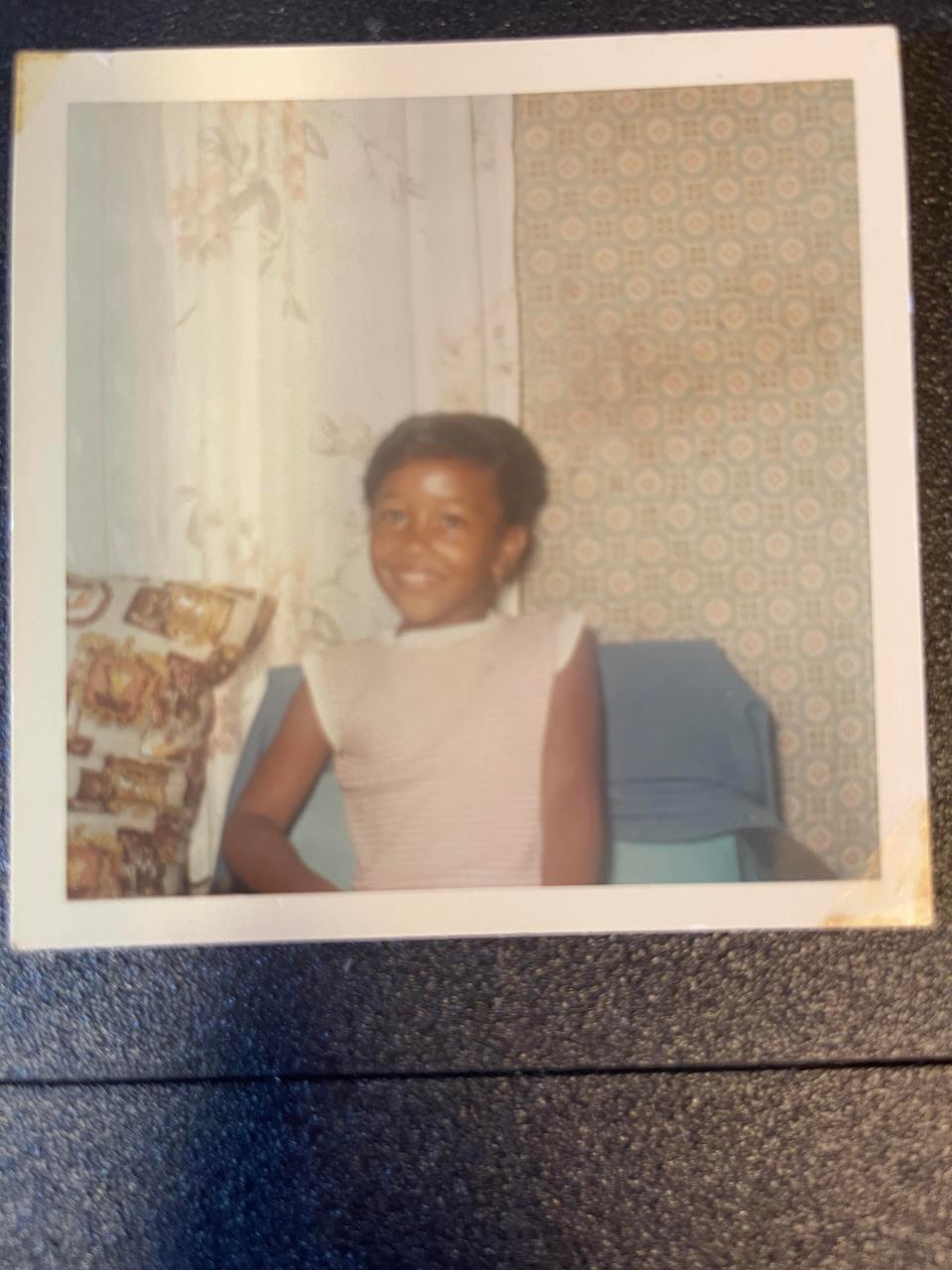
Dashed hopes and de-industrialization
The Ohio Civil Rights Commission conducted a hearing in 1967 in Canton to determine if plans regarding public housing in the southeast quadrant were contributing to housing segregation rather than reducing it.
Activists accused city officials and the then-Canton-Massillon Housing Authority of "ghettoizing," namely building low-rent units in the poorest neighborhoods.
Stuckey recalled interviewing the late City Council President Raymond Denczak, who was also Ward 4 councilman when the Madison-Lathrop project project was underway.
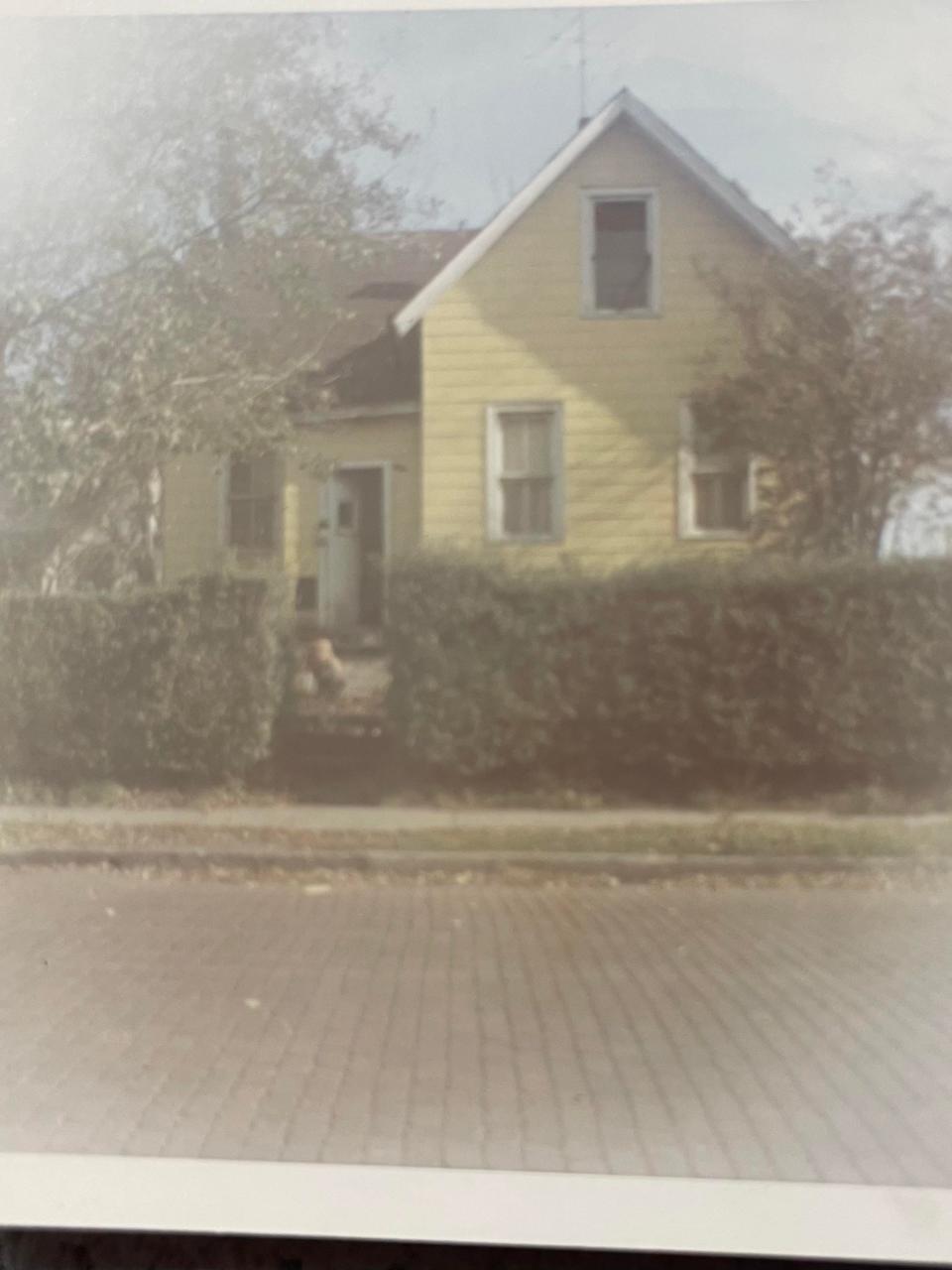
"Although he supported funds to improve the community, he was opposed to the displacement of its residents," she said. "I remember him telling me that while his ward was relatively poor, compared to the rest of the city, he remarked with palpable pride about houses, white picket fences, and leafy yards and gardens that adorned many of the homes.
"Granted, much of the housing was indeed in very poor condition, but Mr. Denczak bemoaned the damage to the community. This is not to dismiss the deep sense of community in the southeast section of Canton in 1998, or presently, but the community was surely scarred."
Stuckey also contends that residents who were displaced did not receive adequate compensation for their homes, which left them unable to buy comparable housing. Many also were victims of redlining, limiting their ability to acquire mortgages or home-improvement loans, and Home Owners Loan Corporation maps, which ranked neighborhoods according to desirability.
"When folks in the southeast end were forced from their 'blighted' homes, Blacks were unable to find comparable housing, let alone better housing, in other parts of the city," she said. "More often than not, the new homes in which people were rehoused were often in worse condition than those they left behind in southeast Canton."
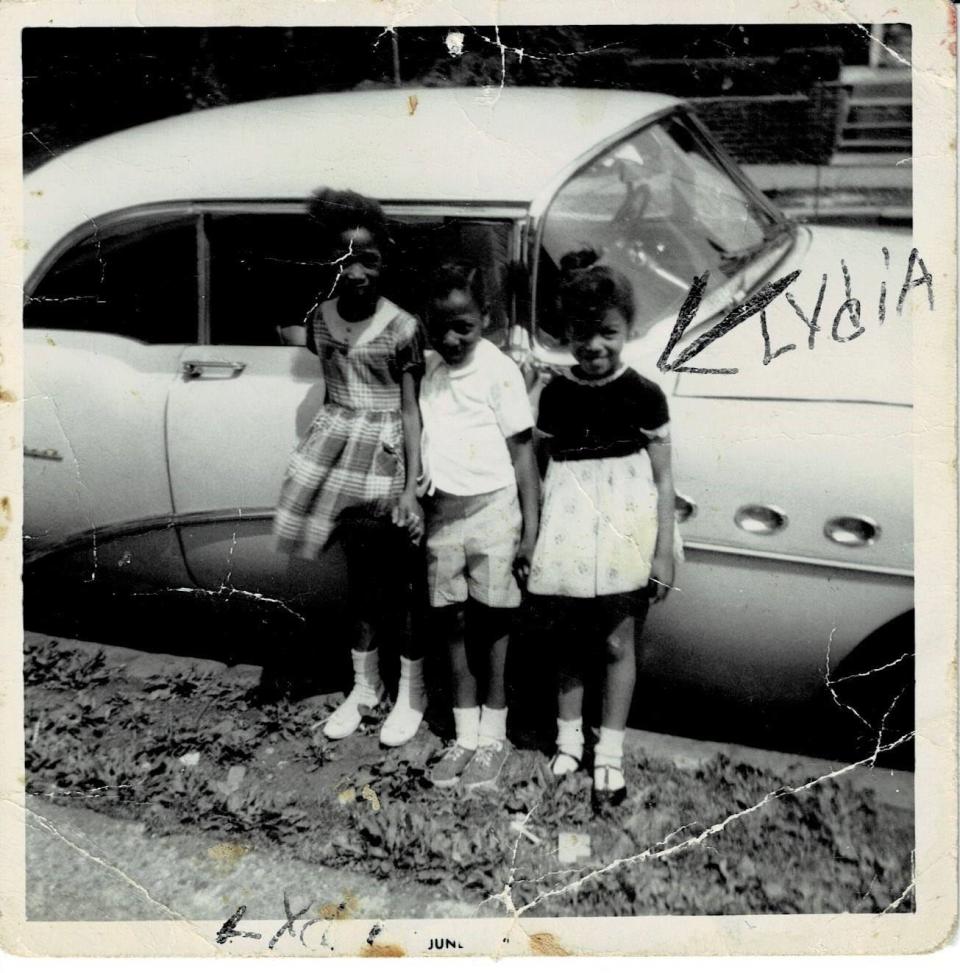
'When the streetlights came on, you'd better be home'
Curtis McElroy called it a unique neighborhood. His parents bought their home in 1940.
"Jackson Park was vital," he said. "Most of us went to Allen School. Cherry Street was like Tulsa (Black Wall Street). Everything you needed was on Cherry. The southeast end was a good place to grow up."
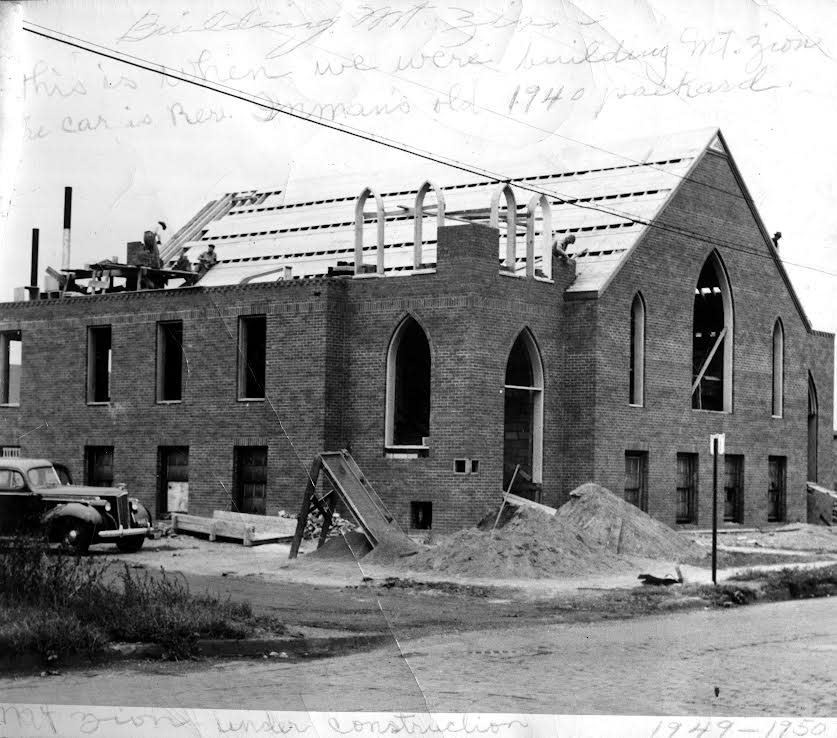
After serving in the Army, McElroy, 74, became a railroad engineer, which took him from away from Stark County. Today, he lives in Kent.
"Most of my group is gone," he said.
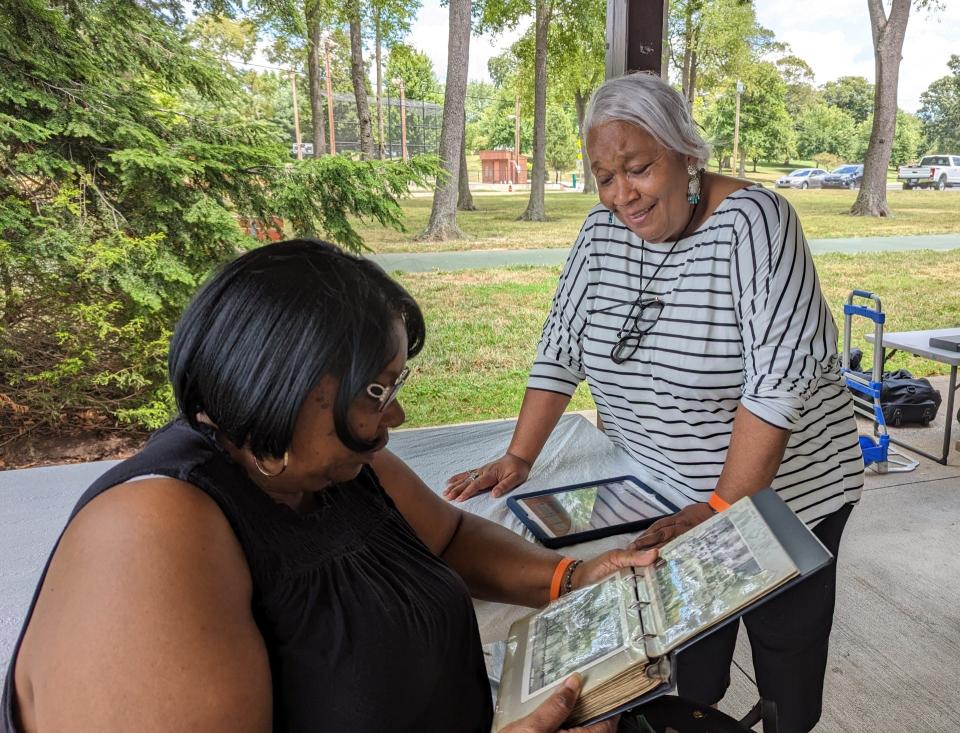
Marcella Lewis, who grew up on nearby Dudley SE, recalled that several sets of families lived on Lafayette, including three sets of Chavers. She remembers the late Rev. Warren Chavers as a boy, preaching to them from his front porch on Lafayette.
"We'd play hide and seek," Lewis said of her neighbors. "But when the streetlights came on, you'd better be home."
As they looked over a photo album, Lewis and Wanda Stokes laughed when they recalled how some families in the neighborhood had a "good" living room, where no one was allowed to sit.
"The farthest you were allowed to go was the kitchen," Stokes said.
But one day, Stokes and a friend sat in her friend's living room, chatting. She said they both got a spanking when her own dad saw them through the window.
Making history from Lafayette Street
Some of the residents of Lafayette Street made history.
"My dad, Thomas E. Stokes Jr., was the first Black mail carrier that we knew of," Stokes said with pride. "My brother Nathaniel is a mail carrier, as are two of my nieces."
Herb Green and Myron Clark said families who lived on and around Lafayette might have struggled to make ends meet, but no one had to lock their doors.
"I remember riding my bike up and down that brick street," Clark said. "My mother had two sisters who lived on the street. We were close to each other."
The two men fondly recalled that the neighborhood's children were identified by their parents' names, as in "You're Mary's boy."
Clark smiled and added that in his family, Wednesday was "Greens Day," a weekly dinner that included greens and cornbread, and rotated to the three sisters' houses.
Green said he moved to Lafayette as little boy in 1962 from Georgia.
"We went to the First Church of God in Christ at Eighth Street and Lafayette," he said. "I remember going into the Tennessean (a lunch counter on Cherry Avenue) where my mother and two aunts worked."
It was a time when parents were in charge, the former residents said.
"When I think of 'back in the day,' it's a good feeling," said Viola Fisher, whose family lived on Sherrick Road SE, just south of Lafayette. "It was time of discipline, of order, when parents had standards."
Fisher recalled her father standing at the front door for a report card check.
"My father was a stickler for good grades. He would be upset if you got a 'B' when you could have gotten an 'A,'" she said. "It was about parents supporting teachers. Everybody knew their role. "
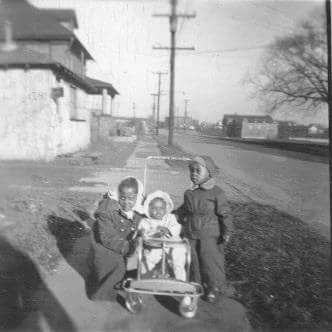
Committee wants to preserve southeast Canton history
Pressley, a retired Urban League executive, said he joined the Lafayette Street Reunion Committee out of concern that southeast Canton is at risk of becoming part Canton's forgotten history. He also said that too often the southeast quadrant is portrayed negatively.
"It never comes up in discussions about the history of the community, " he said.
Earlier this month, Habitat for Humanity East Central Ohio dedicated the Southeast Community Playground, which includes a tribute wall bearing the names of the families and businesses of southeast Canton.
Contrary to its image, living in the neighborhood was like having an extended family, Pressley said, a place where most mothers were homemakers, and fathers like his worked for local manufacturing plants like Wilkof-Morris Steel.
His mom, he said, worked as a substitute teacher after undergoing training at Kent State University's Cadet program.
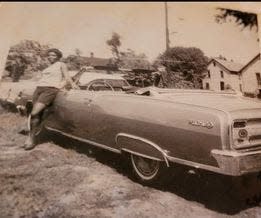
"There was Jackson Park, where everyone went on Sundays after church to watch softball," he continued. "I remember going with my mom to the Cherry Street grocery stores. My doctor, J.B. Walker, was there. When parents went somewhere, the neighbors would watch each others' kids. It was a safe place for us kids."
Committee members said they hope this year marks the first of many such gatherings.
"Those were the days," Parks-Strickland said.
Reach Charita at 330-580-8313 or charita.goshay@cantonrep.com. On Twitter: @cgoshayREP
This article originally appeared on The Repository: Lafayette Street SE neighbors reunite for reunion to recall Canton

